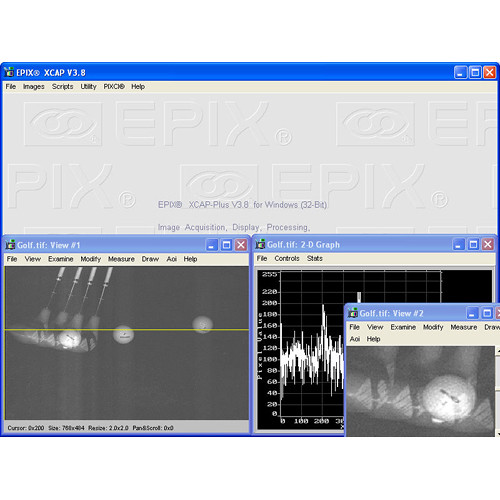

We can verify that all the images are, indeed, the ones we want to include in our dataset and that our annotations are being parsed properly. For example, if some of the annotations improperly extended beyond the frame of an image, Roboflow intelligently crops the edge of the annotation to line up with the edge of the image and drops erroneous annotations that lie fully outside the image frame.Īt this point, our images have not yet been uploaded to Roboflow. If any of your annotations have errors, Roboflow alerts you. Once you drop the chess-tutorial-dataset folder into Roboflow, the images and annotations are processed for you to see them overlayed. While these are VOC XML, note Roboflow supports most every annotation format.
#HOW TO EXPORT IMAGES FROM EFILM LITE FREE#
Click and drag the folder called “chess-tutorial-dataset” from your local machine onto the highlighted upload area.Īs an aside, feel free to poke around the contents of chess-tutorial-dataset on your computer so you can see what’s inside: We’ve provided 12 chess images and VOC XML annotations. Now, unzip the sample file we just downloaded to your computer, sampleChessDataset.zip.
#HOW TO EXPORT IMAGES FROM EFILM LITE ZIP FILE#
We automatically take care of (1) creating and naming your dataset “Chess Sample”, (2) choosing an " Object Detection" dataset type, and (3) naming your annotations “Pieces.” You’ve also downloaded a zip file containing 20 chess images and their annotations across the 12 different pieces.Īs the guided tutorial suggests, click “ Create Dataset.” to continue. Click "Create New Project" and then "Download Sample Project", which will give you a zip file containing example images and annotations for you to use in the tutorial. To get started, create an account using your email or GitHub account: Īfter reviewing and accepting the terms of service, you’ll land on your projects homepage: The Roboflow Dashboard.įor this walkthrough, we’ll use the Roboflow-provided sample dataset. Let’s walkthrough a tutorial on managing images for a chess piece detection problem. Roboflow eliminates the papercuts inhibiting better, faster object detection models and adds computer vision to the toolbelt of every developer. Continually improve your models over time with active learning.Run inference in customers' web browsers with WebGL.Deploy to edge devices like the NVIDIA Jetson.Create an infinitely scalable API to get predictions from your trained model.Train a model with a single click or train your own models outside of Roboflow.Version control datasets and share them with your team.Process and augment your images to help your models train faster and generalize better.Understand and assess the quality of your datasets.Convert between dozens of different annotation formats.Annotate images (with the helping hand of machine learning models).

We build all the tools necessary to start using computer vision, even if you're not a machine learning expert (and to supercharge your pipeline if you are). Roboflow provides everything you need to turn images into information.


 0 kommentar(er)
0 kommentar(er)
